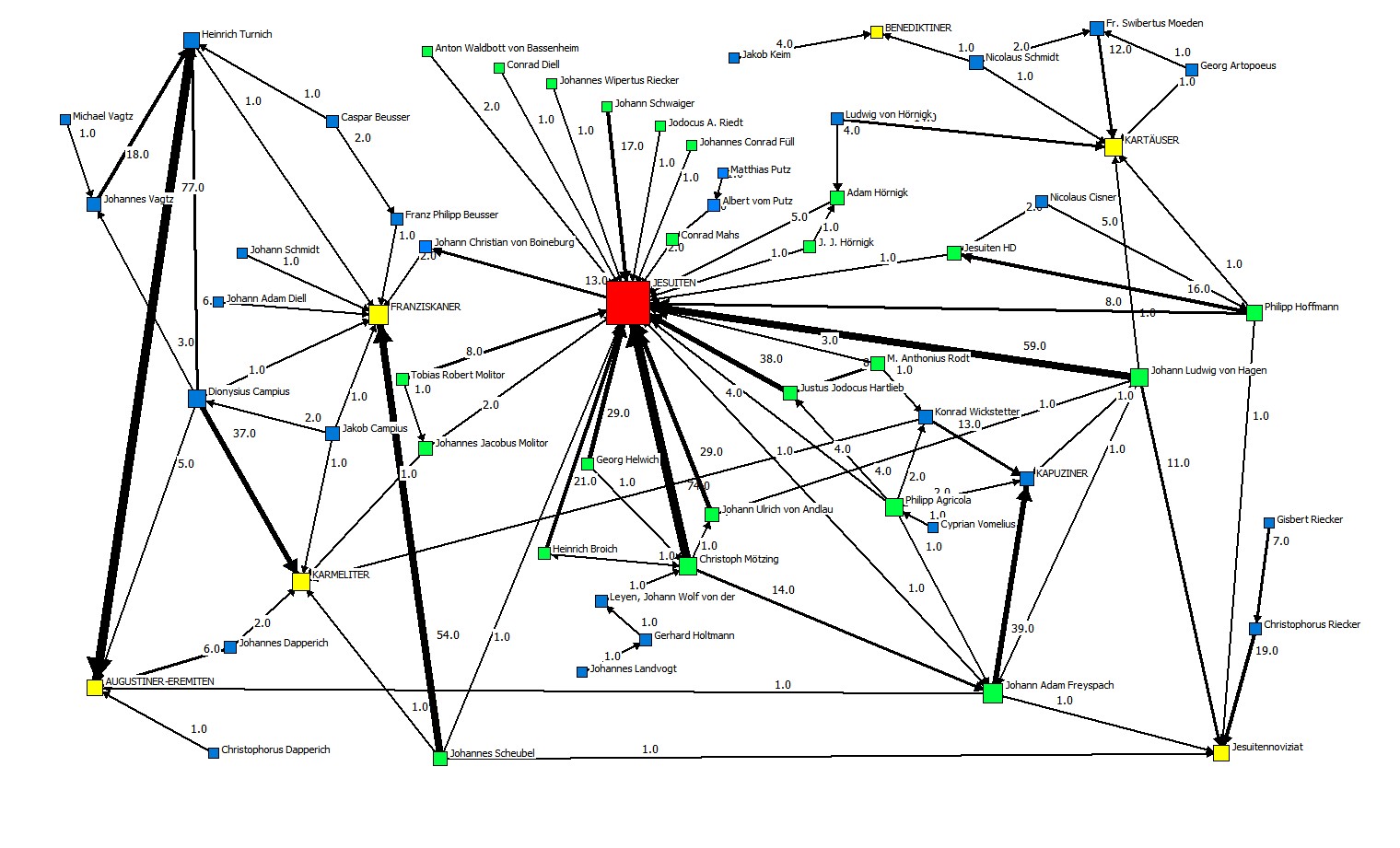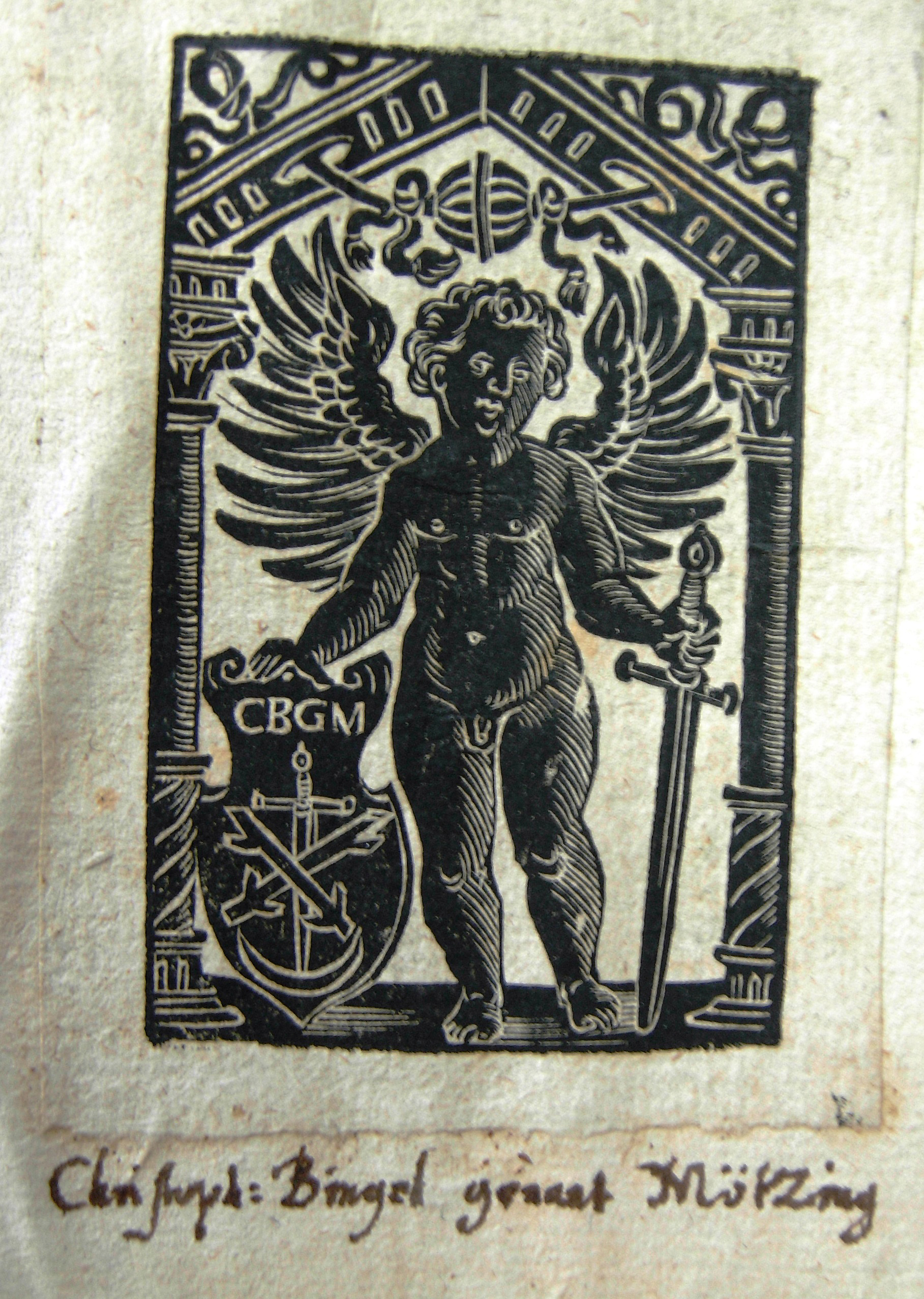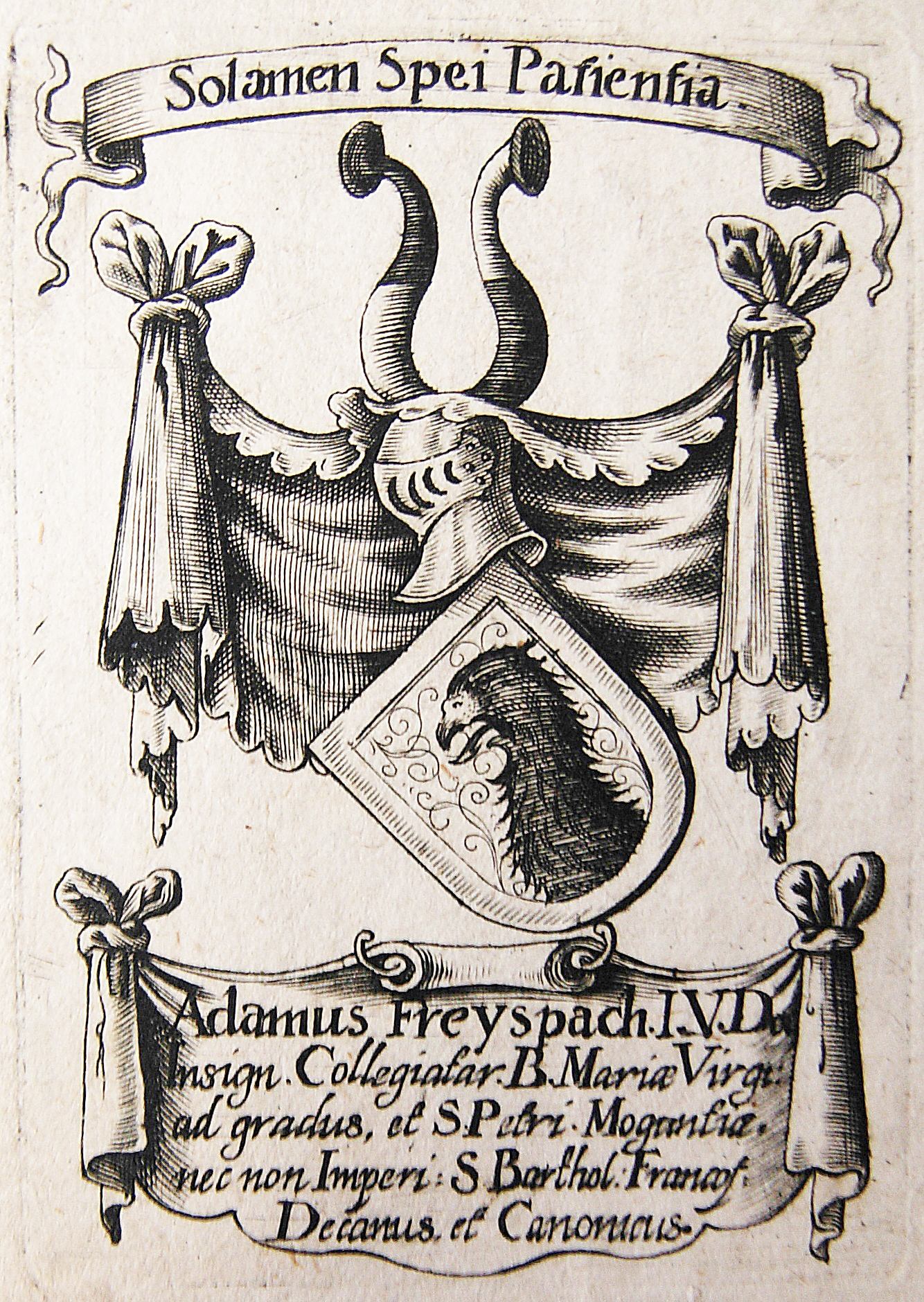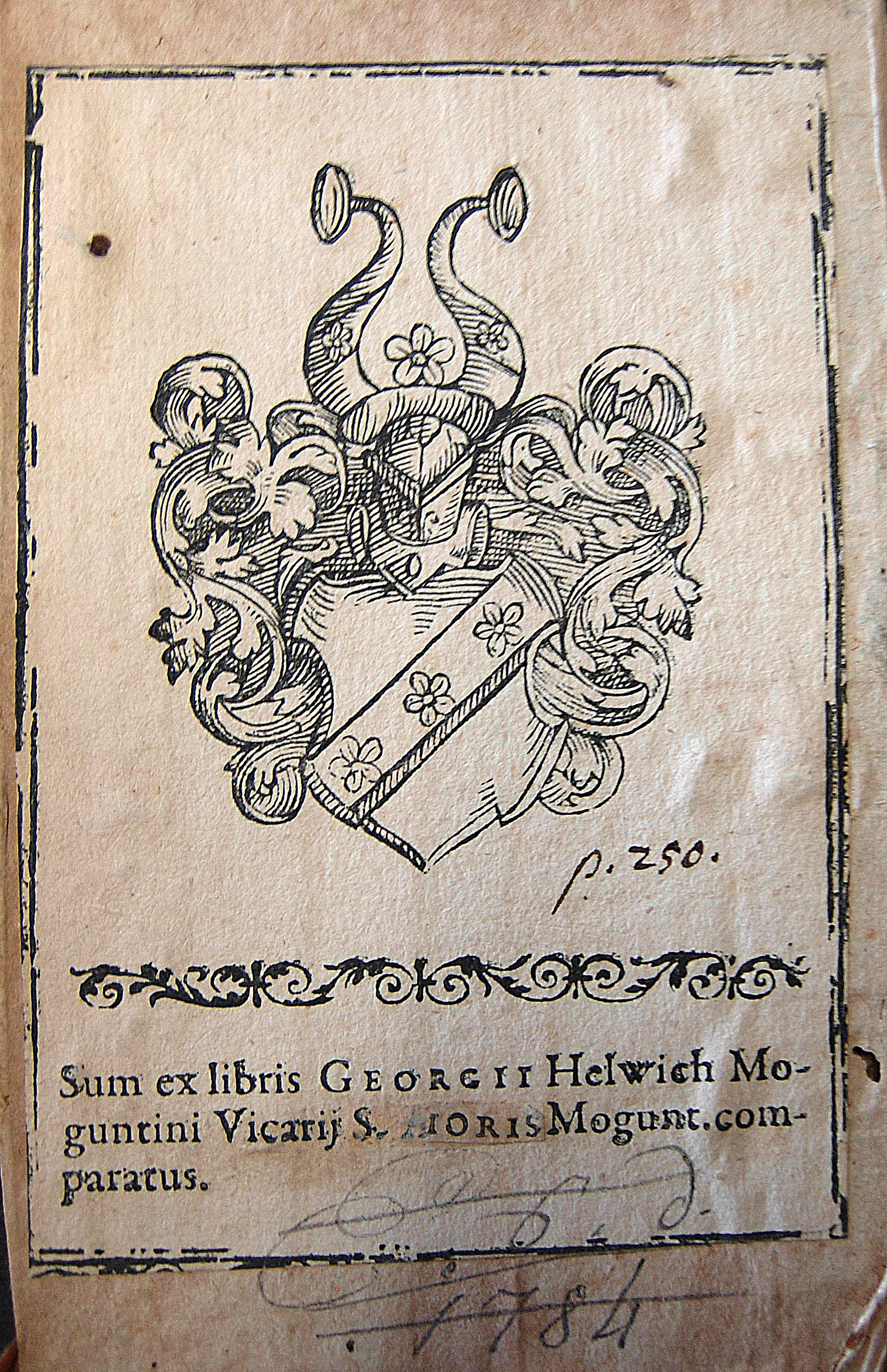Mainz Early Modern Academics‘ Libraries
 The database Mainz Early Modern Academics‘ Libraries (MABFN) contains the material from a study, by Dr Christina Schmitz, on book collections of citizens with an academic background and members of the lower and middle clergy living in Mainz around 1600: 1.341 works in 733 volumes from 48 identified book owners, with detailed information on material-specific characteristics, traces of usage and the owners’ biographies. As the reconstructed collections are fragmentary, future investigations may help to further complete the networks and reveal new insights.
The database Mainz Early Modern Academics‘ Libraries (MABFN) contains the material from a study, by Dr Christina Schmitz, on book collections of citizens with an academic background and members of the lower and middle clergy living in Mainz around 1600: 1.341 works in 733 volumes from 48 identified book owners, with detailed information on material-specific characteristics, traces of usage and the owners’ biographies. As the reconstructed collections are fragmentary, future investigations may help to further complete the networks and reveal new insights.
How to use the database
 The MABFN database is based on a Microsoft Access database with several complex linked spreadsheets. The structure could not be mapped to this MABFN database 1:1, so please note the following useful information.
The MABFN database is based on a Microsoft Access database with several complex linked spreadsheets. The structure could not be mapped to this MABFN database 1:1, so please note the following useful information.
- Notes on the binding are always attached to the most current provenance, although they may have already been the same with the first provenance.
- Provenance information, which cannot be assigned to a specific person, is given as a further (separate) provenance entry.
- Sometimes the works have been acquired unbound and compiled later, maybe by another person. As it is not always possible to identify, provenance information in the title and in the volume is categorically presented separately.
- The original database has been set up in German. That is why many notes are still documented in German.
- Several abbreviations are used. The table given below may help to understand the information.
- The MABFN is a work-in-progress. Corrections, adjustments and additions will be made step-by-step. Please feel free to report incorrect data.
Abbreviations used
| Abbreviation | German | English |
| hs | Handschriftlicher Eintrag | Handwritten note |
| v/h flBlr / flBlv | Vorderes/hinteres fliegendes Blatt recto/verso | Front/back endleaves recto / verso |
| Sp / hSp | Spiegel / hinterer Spiegel | Front pastedown / back pastedown |
| Tb | Titelblatt | Title page |
| VD | Vorderdeckel | Front cover |
| RD | Rückdeckel | Back cover |
| Urspr. | ursprünglich | Originally |
| r | recto | Recto |
| v | verso | Verso |
| WE | Widmungsempfänger | Dedicatee |
About this study
 The study 'Buchbesitz und Buchbewegungen im Mainz der Frühen Neuzeit – Eine exemplarische Studie zu Akademikerbibliotheken aus den Jahrzehnten um 1600' by Christina Schmitz was published in 2020 by Harrassowitz in Wiesbaden/Germany. In contrast to former studies on the book collections of the 'ordinary people', the starting point for this research was not documents found in archives, but rather an autopsy of the books themselves (mostly held at the city library of Mainz). Although the located holdings are quite fragmentary, it was possible to reconstruct some private libraries and owners’ biographies. As further sources on the owners' existence are lacking, these details about their lives would have remained unknown without the provenance marks they added to their books.
The study 'Buchbesitz und Buchbewegungen im Mainz der Frühen Neuzeit – Eine exemplarische Studie zu Akademikerbibliotheken aus den Jahrzehnten um 1600' by Christina Schmitz was published in 2020 by Harrassowitz in Wiesbaden/Germany. In contrast to former studies on the book collections of the 'ordinary people', the starting point for this research was not documents found in archives, but rather an autopsy of the books themselves (mostly held at the city library of Mainz). Although the located holdings are quite fragmentary, it was possible to reconstruct some private libraries and owners’ biographies. As further sources on the owners' existence are lacking, these details about their lives would have remained unknown without the provenance marks they added to their books.
 The reconstructed libraries can be divided clearly into fairly complete collections, partial segments, and disposal stocks. They reveal surprising characteristics, like individual private interests, virulent topics of the time, the longevity of Aristoteles’ works and other ‘bestsellers’. Examining the material-specific characteristics, it was possible to uncover acquisition processes and contexts, as well as use conditions, contexts of the economic history, representation claims, the personal self-image and religious ideals. Thereby, it became clear that the equipment attributes were quite different from those found in books owned by royals and scholars. This means that they have their own specific knowledge value.
The reconstructed libraries can be divided clearly into fairly complete collections, partial segments, and disposal stocks. They reveal surprising characteristics, like individual private interests, virulent topics of the time, the longevity of Aristoteles’ works and other ‘bestsellers’. Examining the material-specific characteristics, it was possible to uncover acquisition processes and contexts, as well as use conditions, contexts of the economic history, representation claims, the personal self-image and religious ideals. Thereby, it became clear that the equipment attributes were quite different from those found in books owned by royals and scholars. This means that they have their own specific knowledge value.